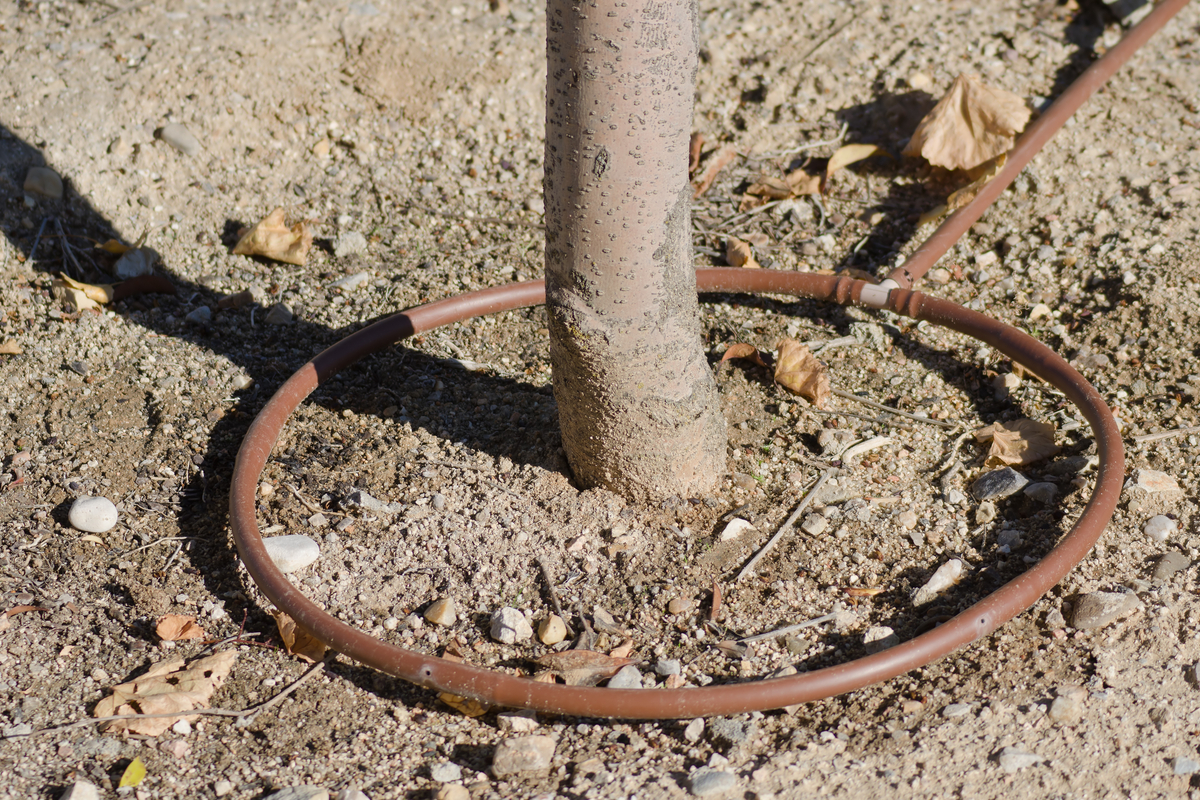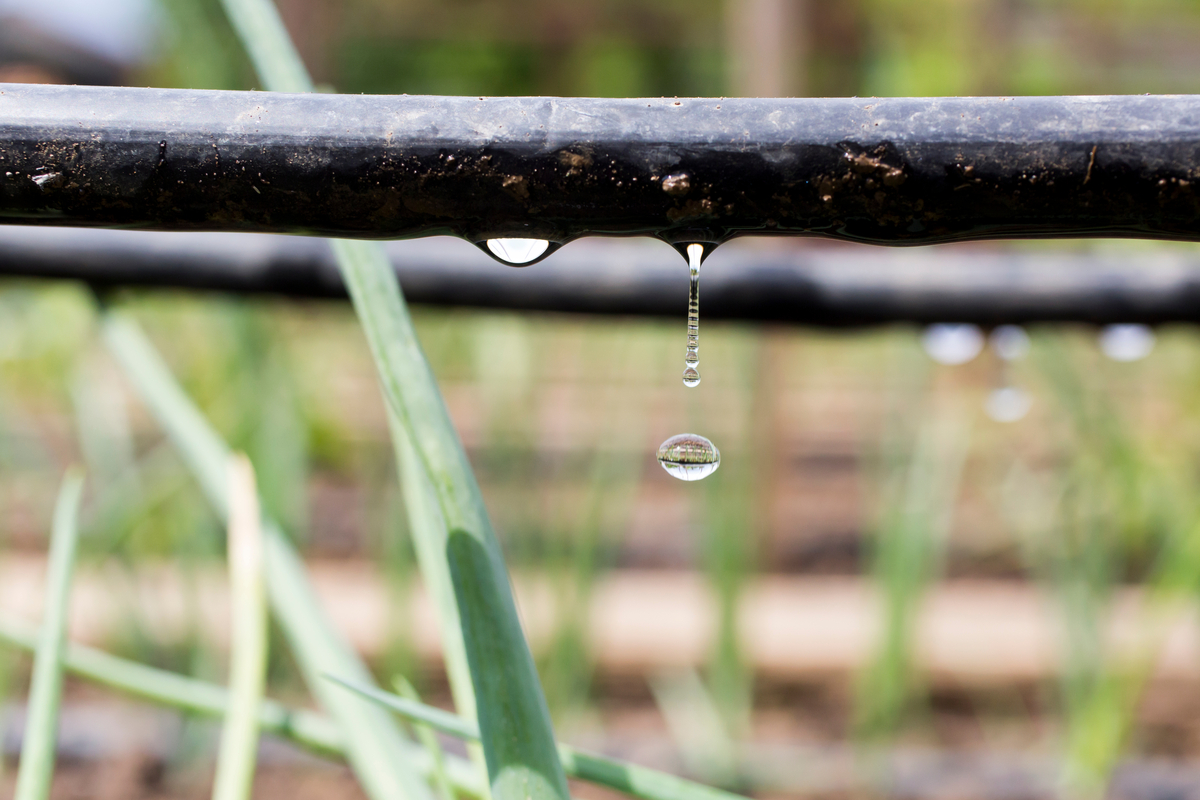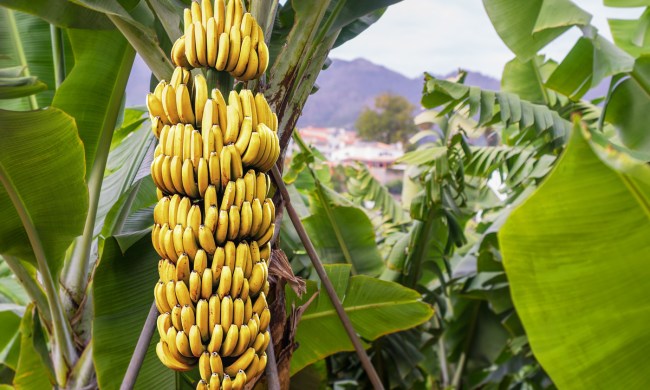Trees sometimes have a reputation of not needing much care. They’re big, with deep roots, tall branches, and get everything they need by themselves. But even gardening tips from the pros include suggestions to help even the toughest, every once in a while. If you have young trees, or trees that seem to be struggling, the answer to your problems may just be drip irrigation.
What is drip irrigation?
Drip irrigation is a method of watering your garden via a tube. Water runs from an outdoor faucet or spigot and through the tube or tubes. At several points along the tube water is released, dripping out into the soil to water nearby plants. It’s similar to a sprinkler system, but, rather than covering large areas at once, drip irrigation targets specific areas or plants.
What are the benefits?
Drip irrigation is an easy way to get consistent water to your trees or other plants. Once it’s set up, the only thing you have to do is turn on the faucet or spigot and let it run, which saves a lot of time.
The steady method of delivery is very good for plants, lessening the chances of overwatering and giving you a lot of control over what plants get water and how much they get. Since this method is steady and reliable, it gives your plants a sense of safety and allows them to devote resources to growth.
This method also allows water to get where it needs to be, when it needs to be there, without wasting too much excess water. Since it is targeted to specific areas, you don’t have to worry about losing water to empty patches of ground or the air, or getting too much water on plants’ leaves.
In addition to saving time by eliminating the need for hand-watering, it also allows you to continue being in your garden while the watering occurs. Sprinklers often make it difficult to work and water at the same time without getting wet. This isn’t a problem with drip irrigation, though!
What are the drawbacks?
There are really only two drawbacks for drip irrigation. The first is that setting it up can seem complicated and tricky. There are different kits and methods and DIY tactics to consider. It can be a lot. It really isn’t as bad as it seems, though, and once you get started this drawback all but vanishes.
The second drawback, which does not vanish, is that this method is really only useful for targeting specific plants. If you have a wider space, such as your lawn, this method doesn’t work nearly as well. For lawns and other wide spaces, a sprinkler system or your water hose will be much more effective.
How can I set up drip irrigation?
There are a few different methods you can use for setting up drip irrigation. Kits are available online. If you choose to get a kit, follow the instructions carefully and test your system out before leaving it on for longer periods of time. If you’re interested in doing it yourself, here are some important things to know.
Pay close attention to sizes. Measure your garden or the distance between your spigot or faucet and all of your trees carefully to make sure you have enough PVC pipe and tubing. When getting pipes, tubes, and connectors or valves, be certain that you’re getting the same diameter for each. If two pieces of pipe, for example, are different widths, they may come unattached from each other, leading to a massive leak.
Depending on the exact layout of your garden space, the arrangement of your irrigation system will vary. The easiest system to set up is in a straight line, but for corners there are elbow joints, and PVC pipes with multiple connection points. If you only need it for one tree, you can even form a ring around it.

The basic parts of the drip irrigation are the supply line, which carries the water from the spigot or faucet, and the drip tape, which has regularly spaced holes allowing water to drip out. You may also want a pressure regulator, although this isn’t strictly necessary for smaller spaces. A timer can be added, to make things more convenient. You may also want shut off valves for any place where two pipes or tubes connect.
Drip irrigation, from an outside perspective, may seem too complicated or like a waste of time. Once you set yours up, though, you’ll wonder how you managed to go so long without it! It’s a great way to water your garden, and your trees will surely thank you.




